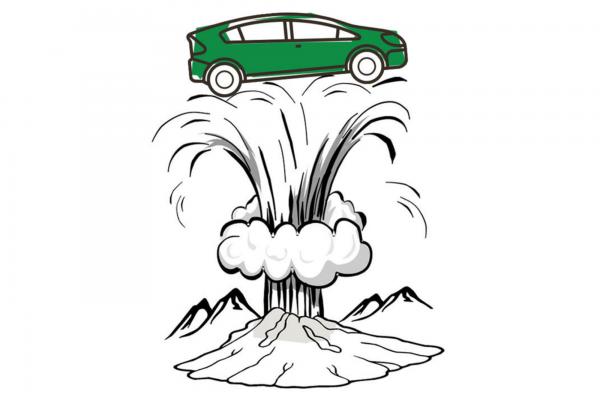SUMMER VACATION planning has begun, and it’s time to choose which parts of the country to avoid—or drive through under cover of darkness—in our hybrid car bearing D.C. license plates, a combination that tends to inflame a variety of tribal prejudices.
Drivers of gas-guzzling cars get peevish when more responsible vehicles pass them on the highway (my Prius is old but moves like the wind!), and the D.C. tags immediately invoke ire. Leaving nothing to chance in its efforts to make residents afraid to leave the city, the District of Columbia also emblazoned the phrase “End Taxation Without Representation” on its license plates. This lets hinterlanders know—if they had any doubt—that we hold the Constitution and its authors in lesser regard. To put it bluntly: We’re whiney. (At this point, I’ll simply note the injustice of having no vote in Congress, although few want to read that in the parking lot of a Cracker Barrel.)
Over the years, I have given up trying to reassure incensed people on the road that, whatever their complaint about the nation’s body politic, it isn’t my fault. But they can’t hear me at highway speeds—even when I shout through an open window—and I haven’t perfected my shoulder shrug to communicate, “Hey, I just live there.” Worse still, there is no effective counter to the axiomatic efficiency of another driver’s middle finger.
Read the Full Article

